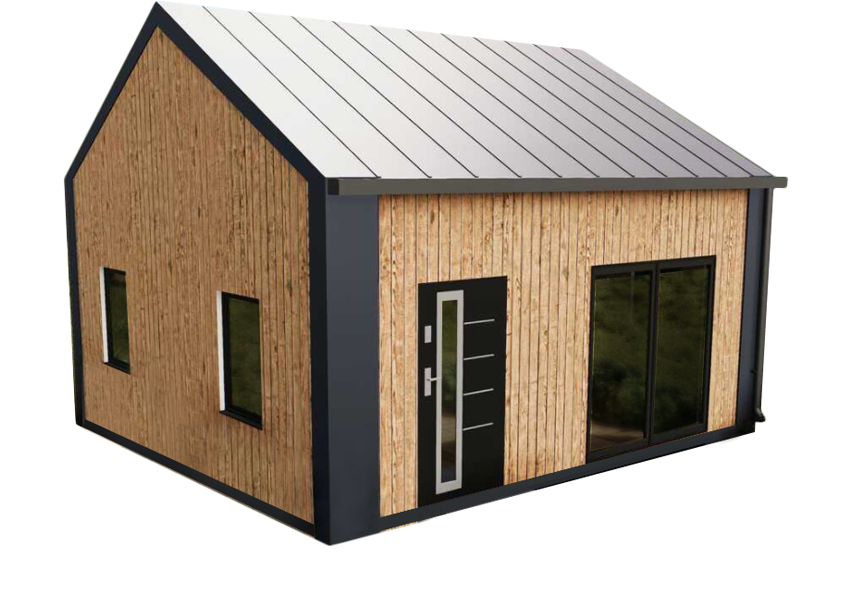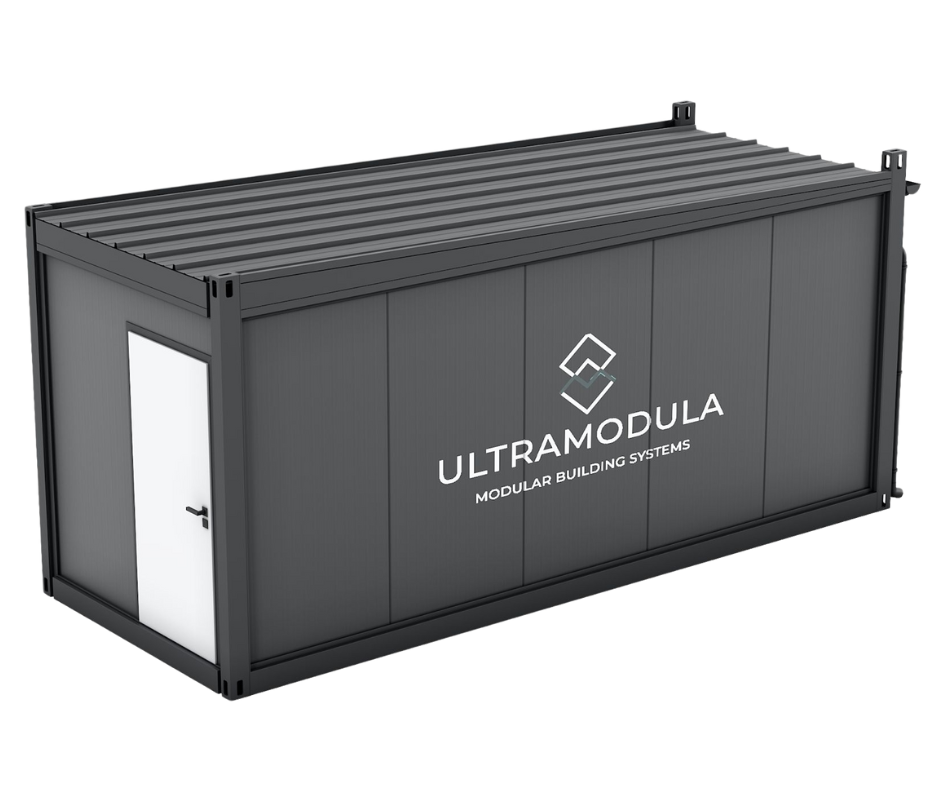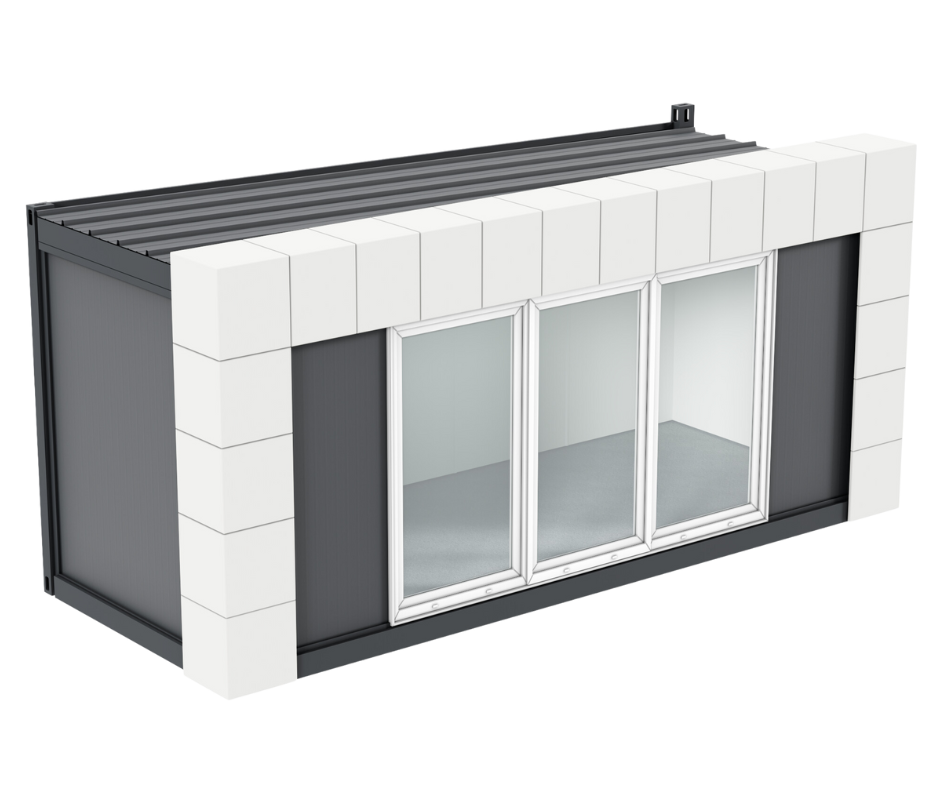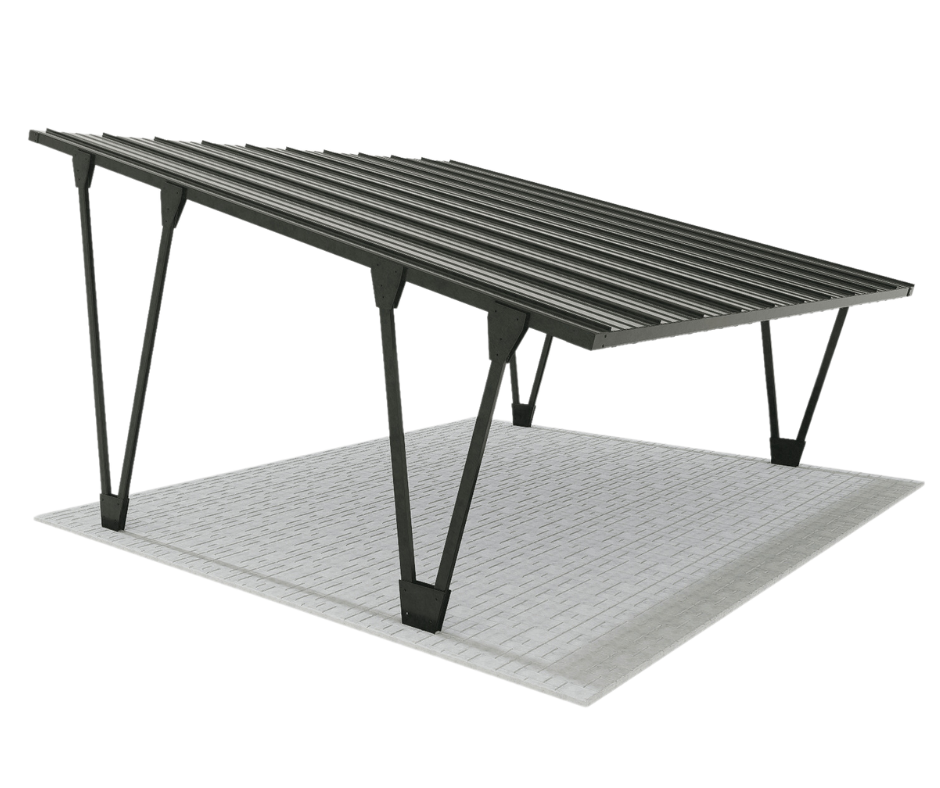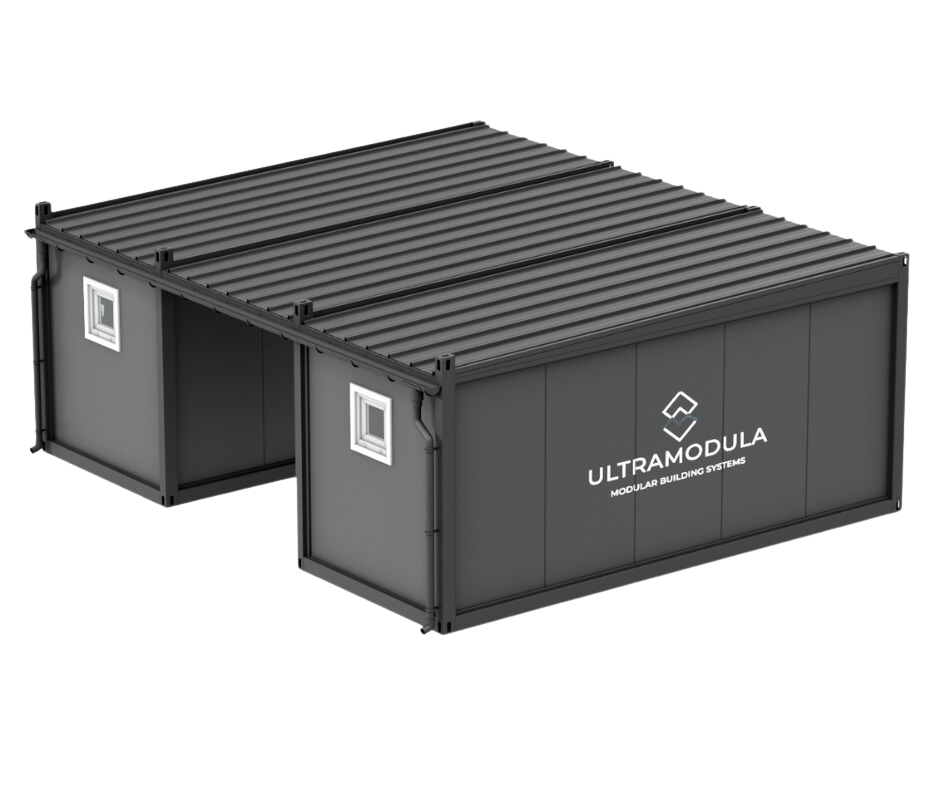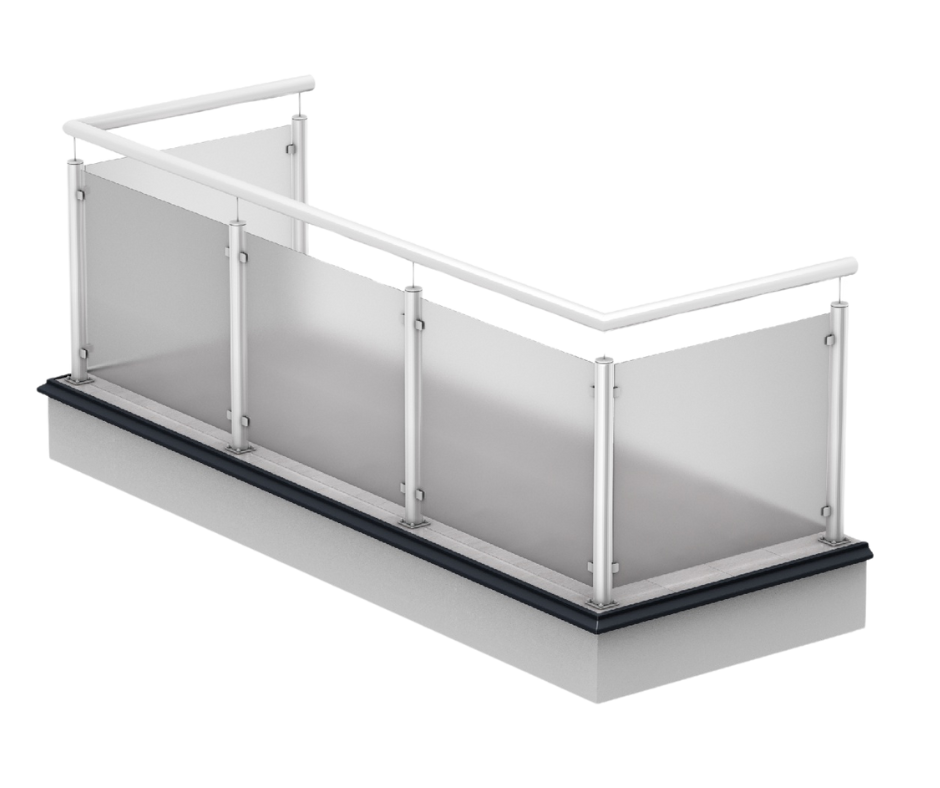
Ventilation and air conditioning solutions for buildings container
The modern world of construction has undergone a significant transformation in recent years, focusing on flexible, mobile and economical solutions. In this context containers – is this residential, Czy office or services have become one of the most popular facilities for many industry sectors. Their popularity is constantly growing, both due to their availability, functionality and economy. However, in order for such buildings to meet the expectations of users and, consequently, be able to be used effectively, both as residential space and as a service and business space, ventilation and air conditioning systems are an important element of their design and operation.
Comfort comes first
An effective ventilation and air conditioning system is an indispensable element of every building, too container. It significantly affects the comfort of the people staying there. Ventilation and air conditioning play a key role in container residential and office buildings, especially due to their specific construction. Habitable containers and office buildings, are made mainly of steel, and are additionally characterized by a very tight structure, which is both an advantage and a challenge in terms of air circulation. The lack of appropriate solutions makes it impossible to ensure thermal comfort, and without it container it cannot be intended for people to stay there for a long time.
Too hot…
In the summer season, or in places with significant sunlight, steel containers without effective air conditioning and ventilation may turn into "ovens", and too high temperatures may lead to a number of health problems, such as:
- overheating of the body, which may cause heat stroke or dehydration;
- serious discomfort and loss of productivity, or to put it simply: high temperatures cause general discomfort, which may significantly reduce employee productivity containers offices, as people become more lethargic and much less focused in conditions of extreme heat;
- respiratory difficulties resulting from deteriorating air quality in excessive heat, the ventilation system is crucial here to remove pollutants and provide fresh air.
…or too cold
In winter, it is crucial to ensure that residents and employees have an appropriately high temperature. On the one hand, it is required by occupational health and safety regulations: as specified in the Regulation of the Minister of Labor and Social Policy on general occupational health and safety regulations in par. 15 Work rooms and their equipment should provide employees with safe and hygienic working conditions. In particular, in work rooms, natural and artificial lighting, appropriate temperature, air exchange and protection against moisture, unfavorable thermal conditions and sunlight, vibrations and other factors harmful to health and nuisance should be provided. On the other hand, it simply affects people's health - too low a temperature can weaken the immune system, increasing the risk of various diseases, leads to colds, and much more serious diseases.
The lack of appropriate thermal insulation and a tight ventilation system also leads to an increase in the costs of heating such buildings. Therefore, it is necessary to purchase a container from a reputable manufacturer whose design will include optimal insulation: reliable contractors use mineral wool in combination with a vapor barrier foil for this purpose. For the insulation to play its role effectively, the wool should be approximately 100 mm thick. In addition, another insulating layer is a laminated board attached from the inside container.

Ventilation and air conditioning solutions for container buildings
The role of ventilation and air conditioning systems for container buildings
Apart from ensuring user comfort containers, appropriate ventilation and air conditioning systems perform other important functions.
User health
Firstly, they "take care" of the health of residents and employees using container buildings. Effective ventilation removes pollutants, while providing fresh air and minimizing the risk of allergies or respiratory diseases. Such a system works as a filter that eliminates harmful substances from the air, such as dust, allergens, viruses, bacteria and even harmful chemical vapors. This protects people from inhaling substances that may harm their health. Equally important is the constant supply of fresh air from outside to the interior of the container - this ensures optimal air quality in the rooms and prevents the accumulation of unpleasant odors.
Improving air quality through an effective ventilation system can significantly reduce the risk of allergies, asthma and other respiratory diseases. It also reduces the risk of contracting droplet-borne infections, which is especially important in situations where many people stay in one container building (e.g. an office or shop).
Protection against moisture
A properly designed and configured ventilation system not only protects against moisture-related problems, but also maintains appropriate air quality in the container building. This is a key factor in ensuring the comfort and health of users and in the long run it can significantly contribute to maintaining the durability of the structure. In the autumn and spring periods, air temperature and humidity fluctuate significantly between day and night, which means that condensation can become a serious problem. When warm, moist air encounters cooler surfaces inside the container, it can condense on them, creating conditions favorable to the growth of mold and fungi. This not only leads to unsightly stains, but can also damage construction materials and interior furnishings. An effective ventilation system can effectively manage air humidity in containers. Here's how it works:
- removes excess moisture,
- ensures cyclical air exchange,
- monitors and controls the humidity level.
Reduction of fixed costs
Economy is one of the key aspects that support investing in efficient ventilation and air conditioning systems in container buildings. The introduction of an effective ventilation and air conditioning system allows for better control over energy consumption. As a result, costs related to heating, cooling and air circulation are significantly reduced. It has a huge impact on the overall operating costs of the building and translates into significantly lower energy bills.
The most popular ventilation solutions for container buildings
There are several different types of ventilation systems that can be used in container buildings. Each of them has its own unique features and advantages, which allows you to adapt the solution to specific needs and conditions. The basis, of course, is natural ventilation, i.e. the simplest type of ventilation, which is based on the use of natural gravitational forces and temperature differences to exchange air. Although it sounds complicated, it involves such basic solutions as windows and other opening glazing, as well as ventilators. This is an economical and ecological solution, but not always sufficient in the case of larger containers or places where there are a lot of people.
A more complex solution is a variety of mechanical systems that primarily use fans for active air exchange. They can be adapted to containers of various sizes and provide greater control over air flow. Their main "disadvantage" is the need for electricity, and therefore: operating costs.
Modern installations with heat recovery are increasingly used, especially in residential containers. They allow for more advanced energy management and significant savings on heating and cooling bills. In the case of container facilities with an installed mechanical ventilation system with heat recovery, fresh air is sucked in from the outside into the ventilation duct network. Then it goes to the heat exchanger of the recuperator, being heated by the heat of the air, which is at the same time removed from the interior of the building. As a result, users habitable containers they can enjoy a warm and comfortable interior without high energy costs. This is an effective energy saving solution.
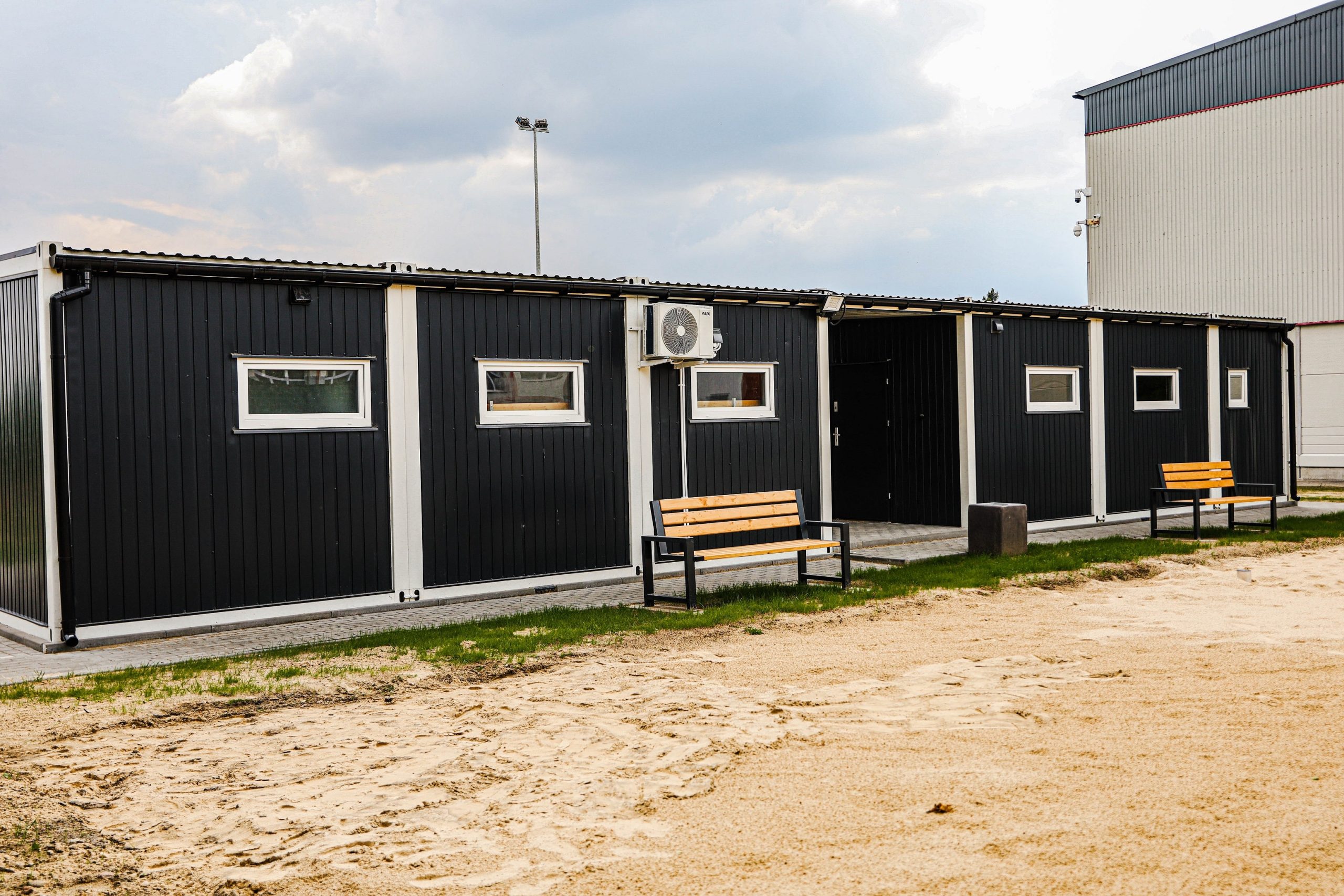
Ventilation and air conditioning solutions for container buildings
Air conditioning solutions for container buildings available on the market
Choosing the right air conditioning system for container buildings depends on many factors, such as the size of the facility, functional purpose, climate and available power sources. It is crucial to use professional consultation and installation to ensure the effectiveness and reliability of the system. With the right approach, buildings container they can be a comfortable and pleasant place to live or work, regardless of external conditions.
Split air conditioning
This is one of the most popular solutions for residential and office containers. It consists of two main components: the indoor unit, which is placed inside the container, and the unit, which is mounted outside. The system works by circulating cool air inside the container and, importantly, it is relatively simple to install and maintain. It requires access to electricity and, unfortunately, is not economically effective.
Portable air conditioning
Small, portable air conditioning units are convenient and easy to use. They can be moved from one room to another as needed, which makes them a flexible solution. However, their performance is somewhat limited and they also generate a lot of noise.
Cassette air conditioning
Cassette air conditioning is the perfect system for office containers. It is mounted on the ceiling and directed towards the interior, which allows for even distribution of cool air throughout office. This system is aesthetic, but unfortunately slightly more complicated to install than, for example, split air conditioning.
HVAC air conditioning systems
HVAC air conditioning systems (an abbreviation of the English words: Heating, Ventilation, and Air Conditioning) are more advanced solutions that combine heating, ventilation and air conditioning in one. They can be adapted to specific needs container building and allow for precise control of temperature and air quality. They are more expensive to purchase and also require regular maintenance.
Ventilation and air conditioning are a key investment
Effective ventilation and air conditioning systems significantly affect the comfort of container users, regardless of their purpose. Especially in the case of residential and office containers, these systems are essential for the health and comfort of the people staying in them. Modern solutions, such as ventilation systems with heat recovery and advanced air conditioning systems, allow for even better management of comfort and energy consumption. Thanks to the appropriate approach and advanced technologies, buildings can become more and more energy-efficient, environmentally friendly and comfortable for users, regardless of external conditions.

